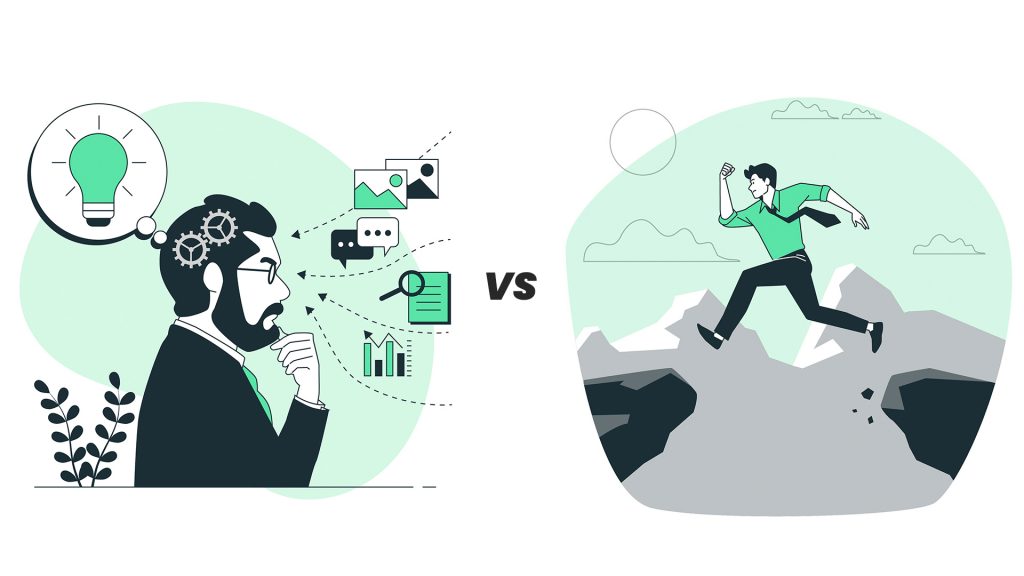
Content Creation: Matching Learning Material with Form and Style
In this piece, we look at the key types of learning subject material and how the form and style of the learning content designed to address this.
Kinds of Content in Learning
The space we cover in this article is corporate learning and it is important to identify the core types of learning subject material in order to understand the right kind of learning solutions to address the need.
For simplicity, we have classified Content into three primary categories: soft skills, domain ,and product.
Soft Skills Content: This is usually generic in nature as a concept but when placed in context or situations, can vary also from industry to industry or even company to company. There may be a strong element of skills, behaviours and emotions involved in this kind of content.
Domain Content: Domain Content is always specific to an industry and sometimes company. For example, can you imagine an insurance sales person trying to sell software. It requires an in depth knowledge of the industry, and how the various processes and functions within that industry work. Functions like sales for instance are often a combination of Domain and Soft skills content in the sense they require a combination of industry knowledge as well as soft skills like communication skills.
Product Content: Companies have specialized products or processes and it is important the employees understand these well. Quite often, being highly specialized, these are internally managed, often by subject matter experts rather than the L & D function directly.
The Content Creator’s Perspective: Content Types
Let’s now visualise the content problem through the prism of the content creator.We have split content creation into 2 types : Horizontal and Vertical.
Horizontal Content Creation
Content that crosses several sectors or domains is what we refer to as horizontal content. It may be used in a variety of contexts and has wide use. Because of its versatility, horizontal material is frequently created with a large audience in mind. Soft Skills can very well be mapped to what we call “ Horizontal” content. For example communication skills, first time manager/ managerial skills, collaboration skills, Unconscious Bias.
Soft skills with their universality and focus on behaviours and emotions usually come under “Horizontal Skills .
But is there something called purely horizontal content? For instance, if I were to show the managerial skills used by a bank branch manager in terms of capability assessment or conflict handling the same as the one used by a team manager in a software firm with developers working on code. Is the situation the same? Is the style the same? Are the team members similar in profile or experience?

Concept vs Situation
The answer is nuanced and complex….the concept is the same….for instance there are common principles of conflict handling which are absolutely universal skills. But the style , situation and team members may be vastly different. The ideal solution is of course to create content adapted for every single role but that’s practically impossible in terms of effort, and cost. Herein L & D managers have to make certain judgments – is my target audience mature enough to take the concept and extend it to their context. This concept to context linkage can be enhanced by the managers and senior employees as well who are involved in delivery or reinforcement of the learning content.

concept vs Staff People
based specialization, it is certainly easier to scale the content and offer universal solutions. If not, there is the long hard road ahead.
Vertical Content CreationThis refers to material that has been specially created for particular industries. Software developer technical manuals, financial services compliance documents, and best practices for healthcare are a few examples.
Domain and Product in our content types could very well be mapped to what we call “ Vertical “ content.
Being specialized in nature, quite often this is done internally by organizations as finding universal content solutions becomes challenging. The more niche the business, the lower the possibility of finding external content creators providing solutions.
Domain content is sometimes universal at an industry level and to that extent there may be content providers who have expertise in these industry areas. Certain areas liks sales and Customer relationship management( CRM ) have increasingly become vertical than horizontal. For instance, a basic sales or customer relationship management (CRM) framework can be customized for use in the retail, banking, or healthcare sectors. Our experience in sales has resulted in sepcialised sales content for banking, life insurance, FMCG, Retail, Jewellery, Pharma and more.
Product content at a base level is often universal at an industry level. We do have content created for industries but the moment brand or proprietary products come into the picture, it has to be company specific.
Content Creators’ Challenges
When creating both horizontal and vertical content, content developers must overcome a number of obstacles:
- Maintaining a Balance between Concept and Context: Get the right mix of concept and context. Aids like employee matutity and organization reinforcement of contexts supplementing content, will help in driving towards content horizontalization.
- Preserving Relevance: Content producers need to make sure their work remains accurate and relevant even after it has been contextualized for particular sectors.
- Scaling Content Production: Extra resources and knowledge are needed to produce vertical content for several sectors or hyper vertical content for particular businesses. Content producers need to figure out how to scale content without compromising on quality.
Synopsis
Horizontal and vertical content are important of content generation, with each having its own set of advantages and disadvantages. Businesses frequently contextualize horizontal material to generate vertical content suited to certain sectors. In order to ensure relevance and scalability, content creators must strike a balance between concept and context. Content producers may better serve a variety of audiences by having a solid understanding of these ideas.

